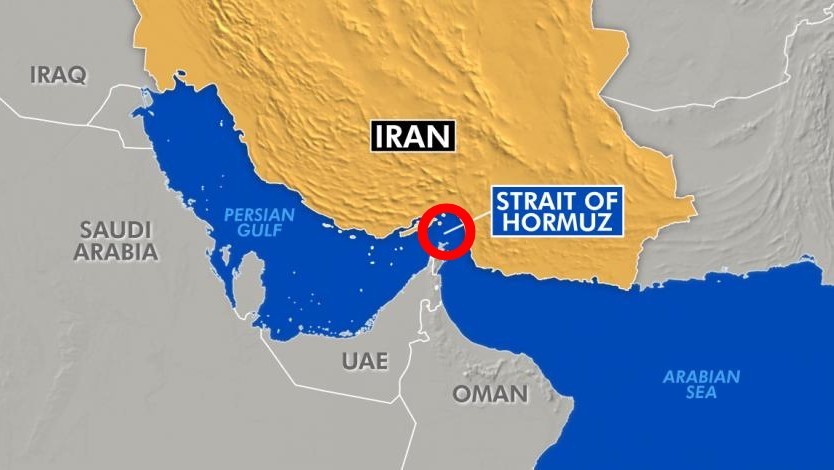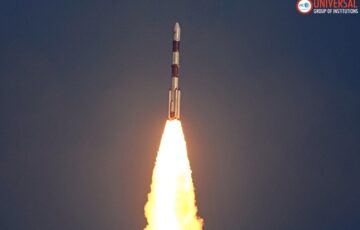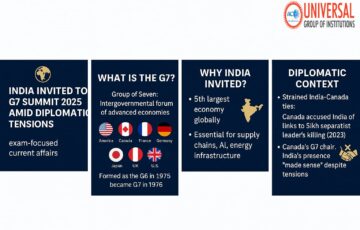India’s Strategic Shift in Oil and Gas Amid Strait of Hormuz Crisis
India’s Strategic Shift in Oil and Gas Amid Strait of Hormuz Crisis
Context:
India is proactively mapping out alternative routes and oil suppliers due to growing geopolitical tensions in West Asia—particularly the possibility of Iran blocking the Strait of Hormuz. The Ministry of Petroleum and Natural Gas is working with stakeholders to ensure that disruptions in oil flows do not compromise India’s energy security. This strategic shift comes at a time when crude oil India price updates and Brent oil fluctuations are closely monitored by global markets, especially in light of the ongoing Israel war and its potential impact on regional stability.
The Strategic Importance of the Strait of Hormuz
The Strait of Hormuz, between Iran and the UAE/Oman, is one of the world’s most critical maritime choke points for oil:
- Carries over 30% of global seaborne crude oil.
- Handles about 15% of global LNG (Liquefied Natural Gas) trade.
- Nearly 54% of India’s crude oil imports and 55% of LNG imports passed through this route in 2024.
Any blockade—amid rising Iran-Israel tensions—would severely impact India and global oil supply chains, potentially causing supply shocks that could spike energy prices and trigger inflation.
Historical Reference: The Oil Crisis of the 1960s–70s
While there was no singular “1963 oil shock”, the first major oil crisis occurred in 1973, when OPEC nations embargoed oil exports to the West due to their support for Israel in the Yom Kippur War. Prices quadrupled.
Impact:
- Revealed how vulnerable oil-importing nations were to political shocks.
- Sparked the creation of strategic oil reserves globally.
- Shifted attention toward energy diversification and conservation.
India’s Oil & Gas Transformation Since the 1960s
India was heavily dependent on imports in the 1960s. Over the decades, it has made significant strides in:
- Building strategic oil reserves in India (Padur, Mangalore, Vishakhapatnam).
- Expanding public and private oil exploration (ONGC, OIL, Reliance).
- Establishing international partnerships with countries like Russia, the U.S., and Middle Eastern suppliers.
- Encouraging alternative energy sources to reduce fossil fuel dependence.
- Opening upstream and downstream sectors to foreign investment (FDI reforms).
- Moving towards energy corridors, such as:
- International North–South Transport Corridor (INSTC)
- Chabahar Port for Central Asia access
India’s Present Strategic Response
Given the threat of a Hormuz blockade and potential trade disruptions, India is adopting a multi-pronged oil diplomacy strategy:
1. Alternative Supply Routes
- Abu Dhabi–Fujairah pipeline (bypasses Hormuz; 900,000 barrels/day).
- Saudi Arabia’s East-West pipeline to Red Sea port Yanbu.
- Iraq–Turkey pipeline for Mediterranean export.
- Expansion of LNG terminals on India’s eastern coast to receive non-Gulf LNG.
- Exploring the Red Sea route and the Bab el-Mandeb Strait as alternative pathways.
2. Diversifying Oil Sources
- Russia now supplies ~33% of India’s crude oil.
- Partnerships being explored with Angola, Nigeria, and Latin America.
- Increased deals with the U.S. and Australia for oil and LNG.
3. LNG Contract Security
- Qatar remains India’s top LNG partner, with Qatar LNG playing a crucial role in India’s energy mix.
- India is negotiating more long-term LNG contracts to reduce exposure to price volatility.
- Exploring LNG supply from Australia, Russia, and Mozambique.
4. Strengthening Strategic Petroleum Reserves (SPR)
- Current locations: Padur, Mangalore, Vishakhapatnam.
- Plans to expand total reserve capacity from 5.33 MMT to over 10 MMT to enhance India’s energy security.
As oil news India continues to evolve, these strategic responses demonstrate the country’s commitment to securing its energy future.
Global Impact of a Hormuz Blockade
- Could cripple Gulf exports, raising global oil prices by up to 50%.
- Cause inflationary pressure worldwide.
- Lead to military conflict or naval intervention by global powers to reopen the strait.
- Shrink the global pool of available oil and cause competition in the spot markets.
- Potentially trigger geopolitical crises and disrupt the global oil trade.
Recent Red Sea news today highlights the ongoing tensions in the region, further complicating the West Asia conflict and its potential impact on global oil supply.
Key Data for Exam Use
Indicator |
Value/Status (2024) |
|
India’s oil via Hormuz |
54% of imports |
|
India’s LNG via Hormuz |
55% of imports |
|
Global oil via Hormuz |
30% of seaborne crude trade |
|
LNG trade via Hormuz |
15% of global LNG |
|
Russia’s share in India’s oil |
~33% |
|
India’s LNG from Russia |
~6% |
|
UAE Fujairah Pipeline Capacity |
900,000 barrels/day |
|
India oil imports |
Significant portion of energy needs |
|
Oil consumption in India |
Steadily increasing |
Exam Integration Points
- GS Paper 2/3 (UPSC): Link with international relations, energy diplomacy, and economic vulnerabilities.
- Essay: Use as a case study on strategic autonomy, energy security, or geopolitical resilience.
- UGC NET Political Science: Map it to foreign policy adaptation and dependency theory.
- Geography/Environment: Illustrate maritime choke points, marine trade routes, and resource dependence.
- Economics: Analyze the impact of energy risk scenarios on India’s economic growth and inflation.
- International trade in India: Discuss how oil and gas imports affect India’s trade balance and economic policies.
- India US trade impact: Examine the role of increased energy cooperation in bilateral trade relations.
Summary for Competitive Use
India is proactively preparing for any disruption in oil and LNG supplies from the Gulf due to geopolitical threats in the Strait of Hormuz. By diversifying suppliers, strengthening strategic oil reserves, and investing in alternate routes and alternative energy sources, India is moving from an era of dependency to strategic resilience. This marks a significant leap from its vulnerable post-1960s position to becoming a globally aware, energy-secure nation. India’s diplomatic efforts and strategic planning aim to mitigate potential supply shocks and ensure stability in its energy sector, even in the face of West Asia conflicts and global trade disruptions. The country is addressing the oil supply challenge through a multi-faceted approach, while also navigating export challenges in an increasingly complex geopolitical landscape.










